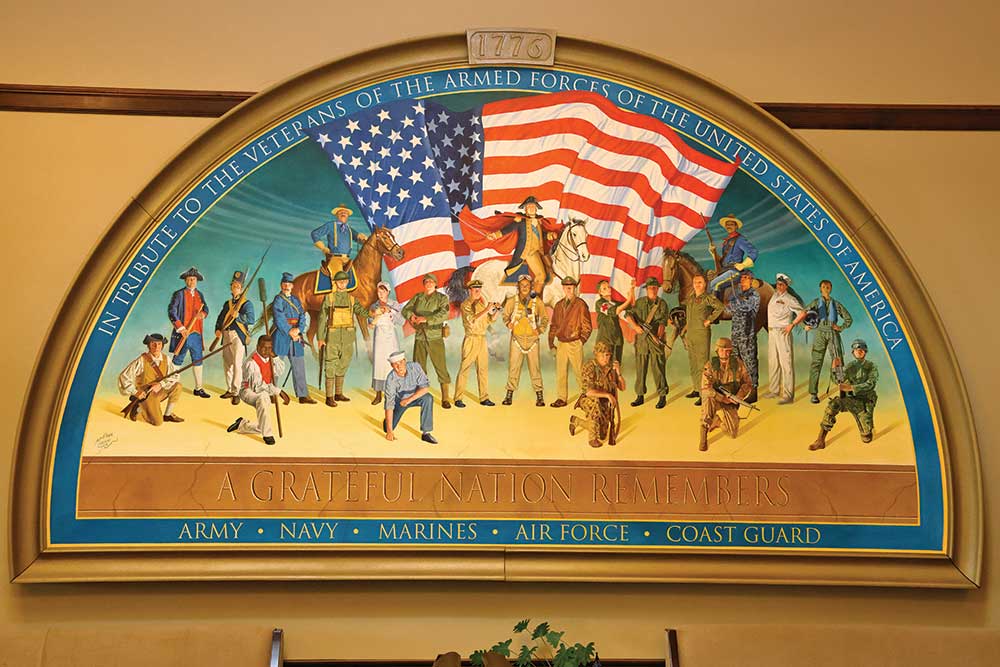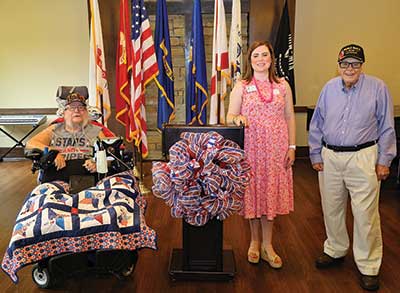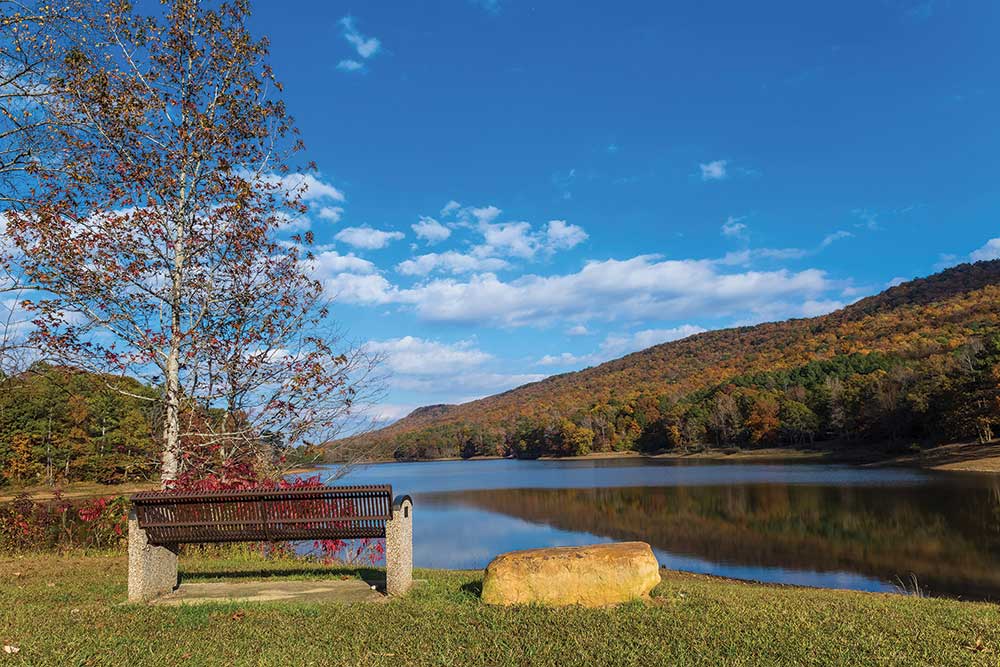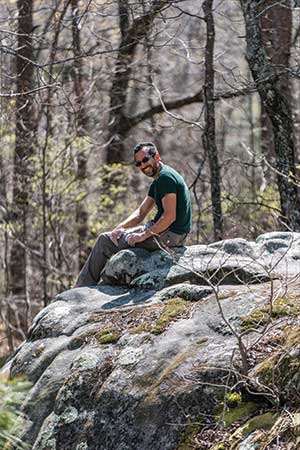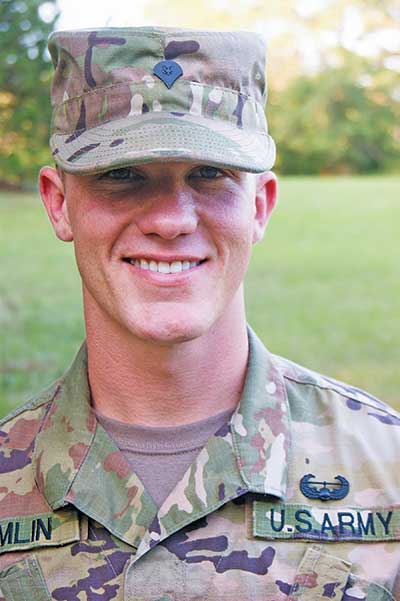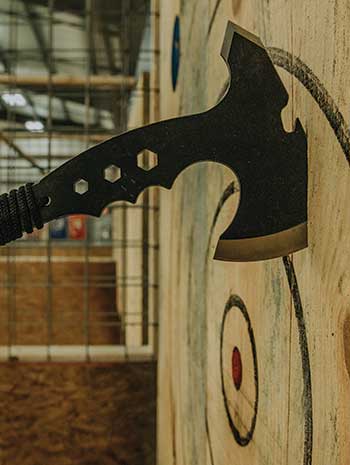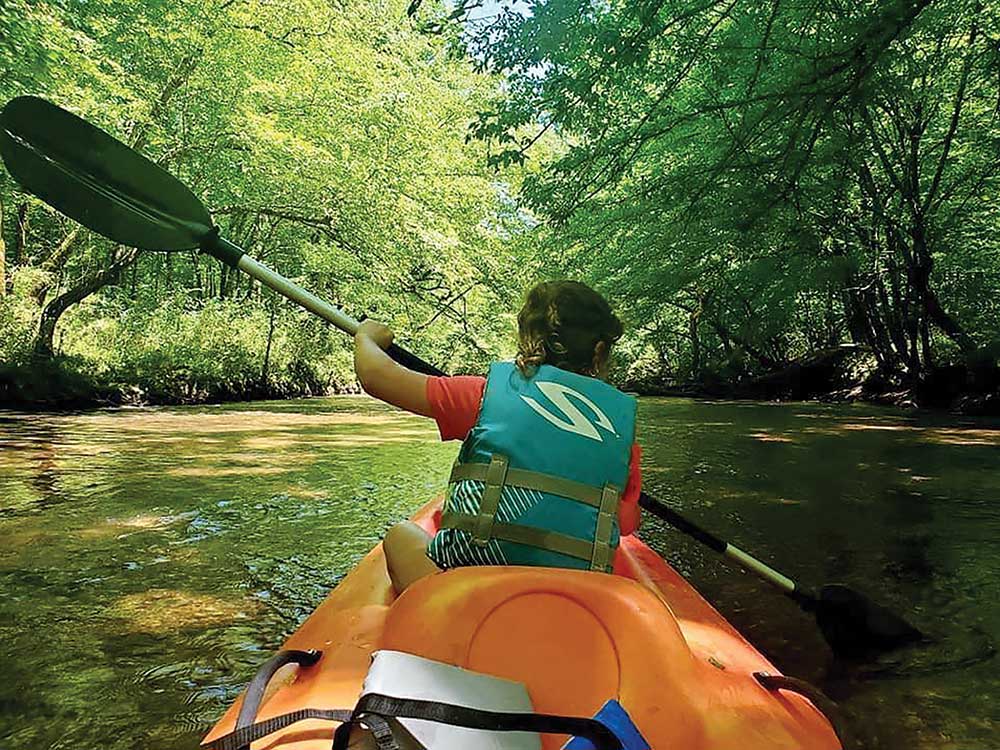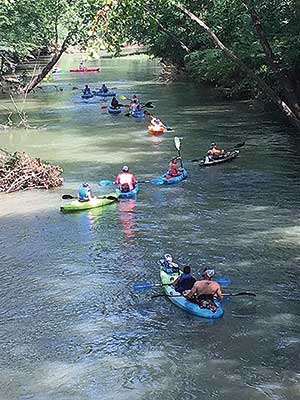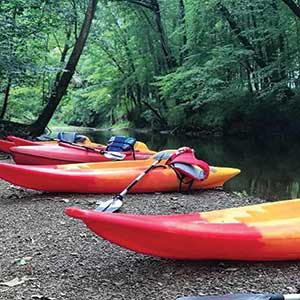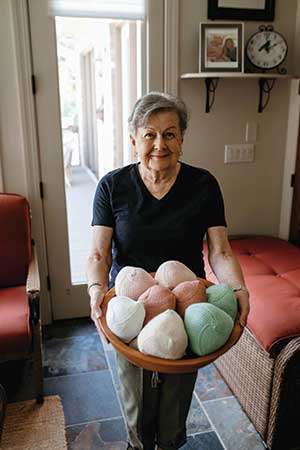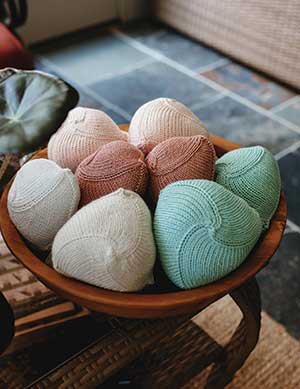Col. Robert L. Howard Veterans Home a model for the country to follow
Story by Roxann Edsall
Photos by Richard Rybka
As the country honors its veterans this Veterans Day, Pell City is celebrating the 10th anniversary of its innovative Col. Robert L. Howard State Veterans Home. This year’s celebration includes a party with special guests, along with a road trip to participate in the 75th Birmingham Veterans Day Parade.
Twelve years ago, construction began on a state-of-the-art facility for veterans on 26 acres of land in Pell City donated by the St. Clair County Economic Development Council. After two years of construction, the $50-million home opened its doors. Named for Col. Robert L. Howard, a highly decorated United States Army Special Forces officer from Opelika, it was one of a handful like it across the nation.
What’s different about Pell City’s veterans home is both the design and management. It was built using the “Green House Model,” a design concept that features residential houses built in small neighborhood-style configurations. This contrasts the more typical multi-bed, multi-hall, single-building style of nursing home.
In the case of the Col. Robert L. Howard Veterans Home, the 240,000-square-foot facility has three neighborhoods, each with three 14-bedroom houses. The houses also have their owncommon spaces, including living rooms, dining rooms, staffed kitchens and porches. A single roof connects all three neighborhoods, so residents and staff do not have to go out in the weather to get from one place to another.
Gone, too, are the bustling nurses’ stations. Instead, smaller “home offices” contain the computers and information nursing staff need to assist the residents of a particular house. Specialized nursing equipment is tucked neatly away in storage rooms.
The structures are designed to feel like single-family homes, with services in the neighborhood like you might find in a typical town. Residents can go to the main building, called the “Town Center,” for services including dining options; physical, occupational or speech therapy; and even a haircut. Residents can use the onsite medical director as their family doctor, while still going off property to see specialists.
An unexpected benefit of the smaller-home style of skilled nursing care became evident at the onset of the pandemic. “Having private rooms and smaller units definitely helped keep COVID from spreading,” said director Hiliary Hardwick.
The Green House Model advantage is not just about facilities, though. The staff offer residents choices in most aspects of the daily schedule. Whether the choice is what time to get up, what to eat, or when to eat, the choices at Col. Robert L. Howard Veterans Home honor the veteran’s dignity and quality of life.
Over the past decade, delegations from several different states have come to town to see how this model facility works. Most recently, the veterans home hosted groups from Mississippi, Idaho and Oklahoma looking to experience the real-life application of the Green House Model prior to planning for their own veterans homes.
The Pell City veteran residents are happy to have been among the first in the country to take advantage of the new style of home.“I want to thank the people of Pell City and all of Alabama for building this place,” says WWII veteran Robert Curl. Showing the day’s menu choices, he adds, “Look at what we get to eat! I tell everyone I live in a country club. It’s a really great place.”
Talladega native and veteran Kenneth Scoggins agrees. He moved in just four months after it opened and has served as president of the residents’ council for the last seven years. “It’s great, very clean and none of those smells you smell at other places,” he says. “I told someone (when I moved in) that I must have died and gone to nursing home heaven. We do things all the time, even go to ball games and out to eat.”
“We do have a lot to do around here,” agrees Hardwick. “There are always activities offered. We have Bible studies, pet therapy visits, musical guests, and special speakers. James Spann, author and weatherman from ABC 33/40, was recently here with us.”
The facility does have a waiting list of nine months to a year, but Hardwick encourages anyone who qualifies to fill out an application. Qualifications include having served a minimum of 90 days of active duty, with at least one of those days having been during a period of war; having been honorably discharged and having been evaluated for medical needs.
Hardwick was a nurse at Trinity Hospital before leaving to help open the Pell City veterans facility. It’s a move she is very happy to have made. Her enthusiasm for her work is evident when she talks about the residents she spends time with each day. “I love being here where I get to interact with and help people who lived and breathed the history I’ve only read about in history books,” she says.
The 254 residents look forward to all holidays, Hardwick says, but none as much as they do Christmas. “At Christmas time, it looks like you’ve gone to Gatlinburg, we have so many trees decorated,” she explains. “We have an angel tree that we do for the veterans. People can take an angel off the tree and buy a couple of things a veteran wanted. Then at their Christmas party, they have gifts to open.”
Hardwick encourages anyone to get in touch with her if you would like to participate in the angel tree, help with the home’s benevolence fund or even donate bingo prizes. They also have in-person volunteer opportunities for those who might like to spend some time visiting a veteran.
Editor’s Note: To apply to the Col. Robert L. Howard Veterans Home, contact them at www.va.alabama.gov. For volunteer opportunities, contact Hiliary Hardwick at 205-338-6487.











